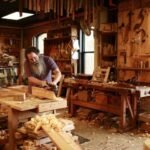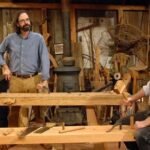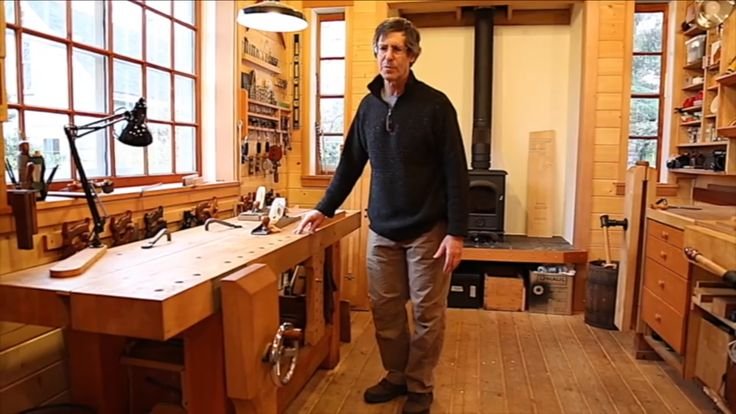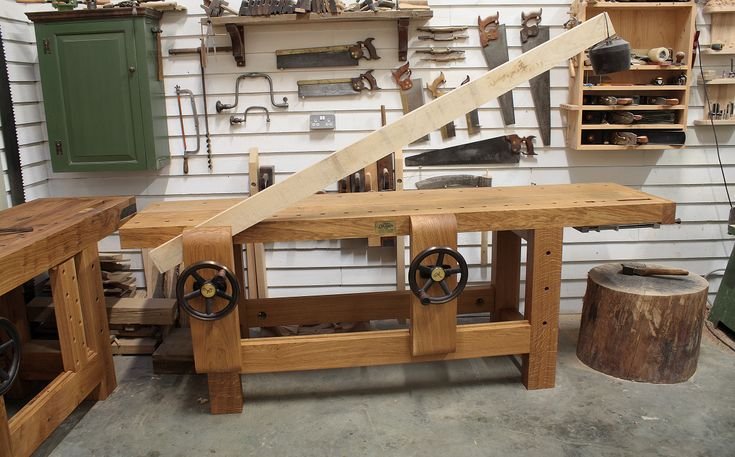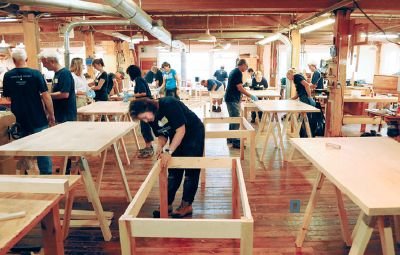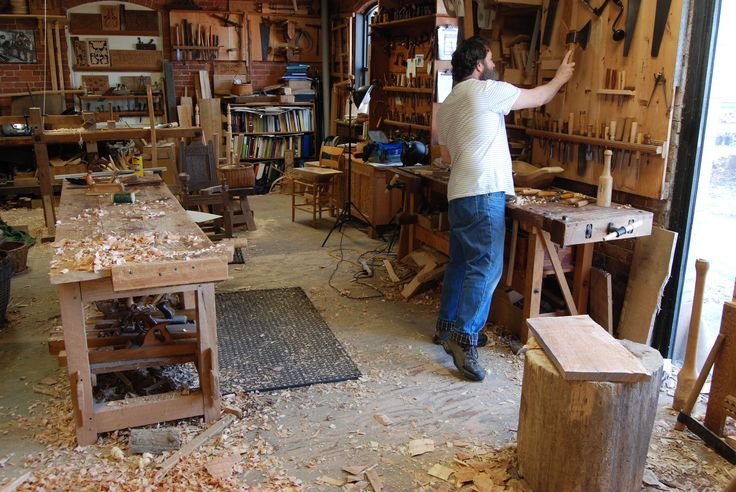A Little About Kerf: What I Learned the Hard Way
You know how there are those moments in woodworking where you feel like you’re pulling your hair out, but then you realize it’s all just part of the ride? Well, let me pull up a chair and pour you a cup of coffee while I share a little tale about kerf. Yeah, that’s right, kerf. It’s one of those terms that sounds fancy, but it’s really just about what’s happening when you slice through wood.
Let’s rewind a bit. A few years back, I decided it was high time I tackle the ol’ backyard fence. Nothing fancy, just a decent-looking privacy fence to keep the neighbor’s cat from prancing around in my yard. But I’ll be honest; it wasn’t just about the damn cat. There’s something therapeutic about working with your hands, you know? So, fueled by that and a couple of cups of coffee, I bought some pressure-treated pine from the local hardware store. Fresh-cut wood smells so good, doesn’t it?
Now, I have to admit, I was probably a little too confident heading into this one. I mean, I’ve built a few things in my garage—birdhouses, a picnic table that wobbles just enough to remind you not to let your drink slide off like it’s on a rollercoaster. I grabbed my trusty circular saw—one of those Dewalt models. You know the one; it packs a punch. But who knew that all that power could also lead to a miscalculation?
So there I was, measuring out the lengths for my fence boards. I had this bold vision of a tall, sturdy fence, but I didn’t really think about how thick my saw blade was. The word “kerf” slipped right over my head like a passing truck on the highway. For those of you who might not know, kerf is basically the width of the cut that the saw blade makes in the wood. And for me? It turned out it was a whole lot wider than I expected.
As I started cutting the first board, I stood there thinking, “This is going too easy.” And boy, did I learn the hard way when I saw how much wood I’d actually lost to that kerf. I had planned for a precise fit—every single inch counted when you’re setting up a fence—but I ended up with a few boards too short. It felt like a punch to the gut. I almost gave up right there, sitting on my cooler, staring at the mess I had made, like a sad sack contemplating life choices.
That day, I couldn’t help but feel a little like an idiot. I mean, how did I not consider the width of the blade? For crying out loud, I’ve got a decent woodworking library at home, not to mention YouTube videos filled with expert tips. But there I was, making a rookie mistake that could’ve easily been avoided.
So, after I got over my pouty phase, I grabbed my coffee (that was now lukewarm) and took a deep breath. I decided to do a little bit of research on kerf—how it works and how I could plan better. I mean, it’s part of the learning curve, right? I discovered that, depending on the blade type, the kerf could vary quite a bit. For instance, a table saw blade can have a kerf measuring an eighth of an inch, while a finer blade might be closer to a sixteenth. Even more confusing, they come in different thicknesses. Retailers love to make things complicated, don’t they?
Armed with my newfound knowledge, I went back to that blasted fence, this time paying attention to the cuts I made. Slowly but surely, board by board, I got it right. The smell of fresh pine wafted around me, mixing with the sound of the saw whirring as it sliced through the wood. This time, I accounted for the kerf by adding that little extra bit to my measurements.
In the end, I stood back and looked at what I had built. It wasn’t Pinterest-perfect, but it was sturdy and stood tall, just like I envisioned. I couldn’t help but smile a little smugly, feeling like I had conquered some mountain, even if that mountain was just a handful of fence boards. I chuckled at the irony of it all—something so simple, yet so easily overlooked, turned into a lesson I won’t be forgetting anytime soon.
So, if you’re wandering into the world of woodworking like I did, just remember that little word: kerf. It might not sound significant, but it’s the type of thing that can save you from a lot of headaches. Next time you’re cutting wood, take a moment to think about that kerf, and how it fits into your measurements. You’d be surprised how a tiny mistake can turn into a big learning experience.
Just keep sipping that coffee and embracing the ride, the mistakes and all. And hey, don’t sweat those little errors too much. If a guy like me can turn a fence into a lesson about kerf, then you can tackle whatever project you’ve got planned. So go ahead—grab that saw, and build something. You might just surprise yourself.


